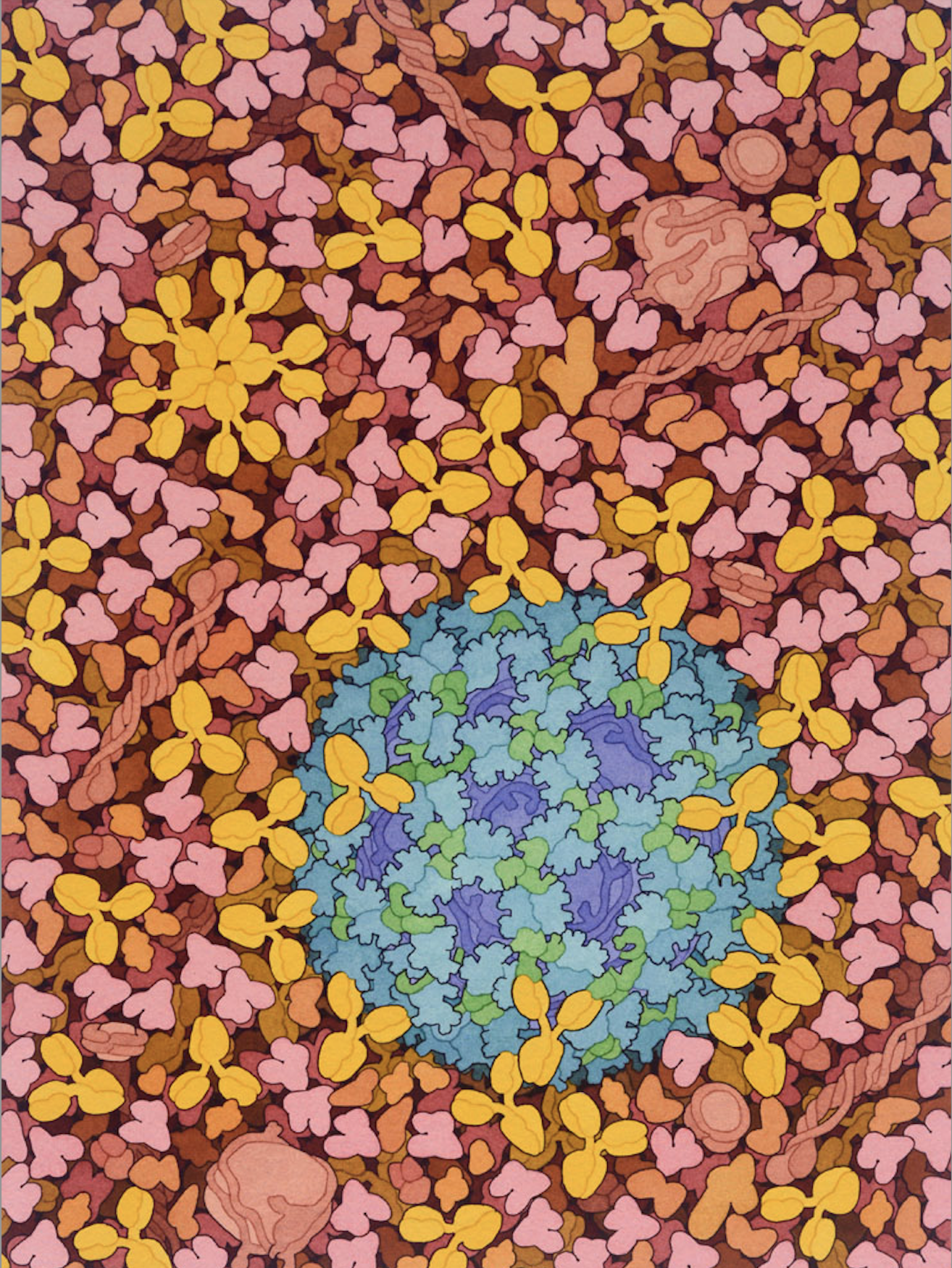I still remember the exact moment. It was 9:45 pm, on a Wednesday in the summer of 2021. I texted, called and then FaceTimed my best friend and collaborator Alba.
"Alba," I said, "It finally reached high resolution - I can see everything." I frantically switched my camera to frame the structure in the center of my screen. "Ooooh!!" Alba replied, delighted! We did it - together, we solved the first structure of the "spike" protein of Hepatitis C virus.
I may have shed a tear or two... or I may have cried like a little baby.
A little background: Hepatitis C virus (HCV) causes chronic infection of the liver that can lead to cirrhosis or liver cancer. HCV infection affects millions worldwide and leads to over half a million deaths every year. So, a preventative vaccine for HCV would help meet a major medical and public health need. However, that would require an antigen, or a non-infectious HCV mimic, which could train our immune system to fight back if we are ever exposed to the virus.
Surprisingly, the only known exposed protein on the HCV surface that when mutated in just the right way could serve as this coveted mimic remained unseen.
Using cryo-electron micrscopy, we resolved the first structure of the membrane sugar-covered or "glyco" protein E1E2, officially out in Science magazine! It was one of the hardest structures I ever had to solve. Like I say in this article by EurekaAlert!, it was like trying to stabilize and image a slab of wet spaghetti! Thankfully, cryoSPARC has some great tools to watch proteins jiggle.
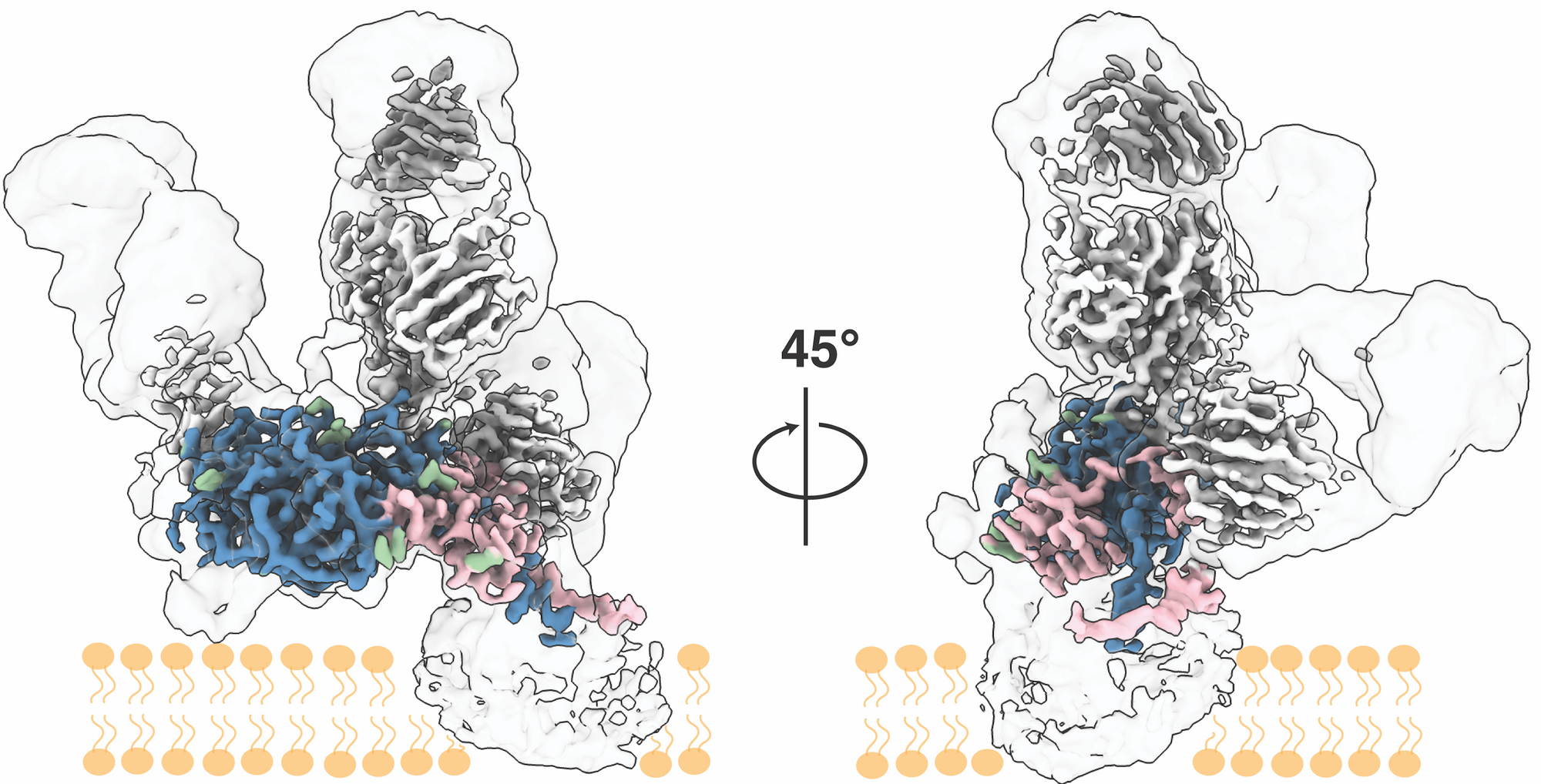
One my favorite parts of the process was working with David Goodsell, a talented scientific illustrator that I had dreamed of working with since I was in graduate school.
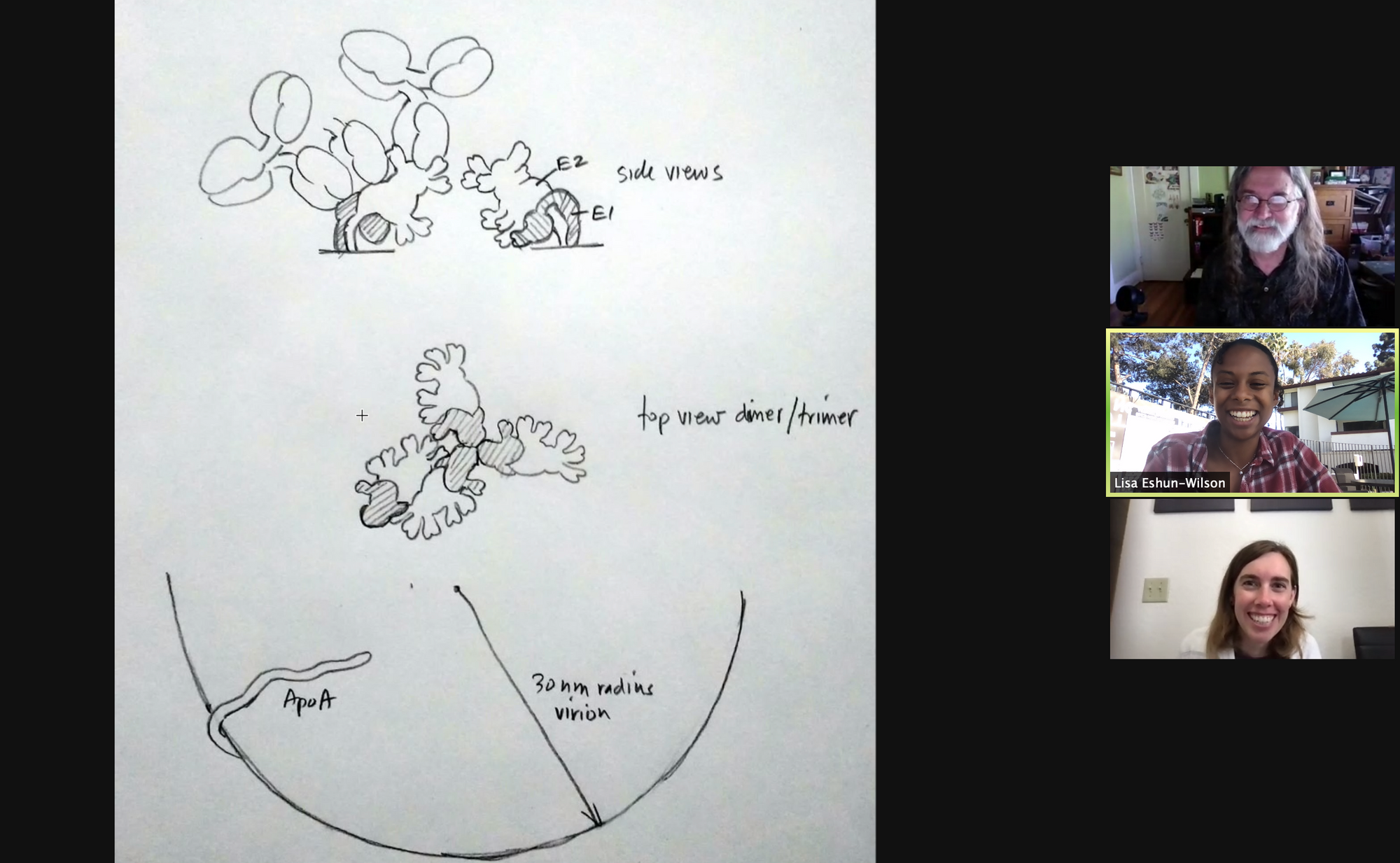
He asked amazing questions and helped us visualize scientific hypotheses based on our findings. I even somehow managed to convice him to add as much pink as possible.
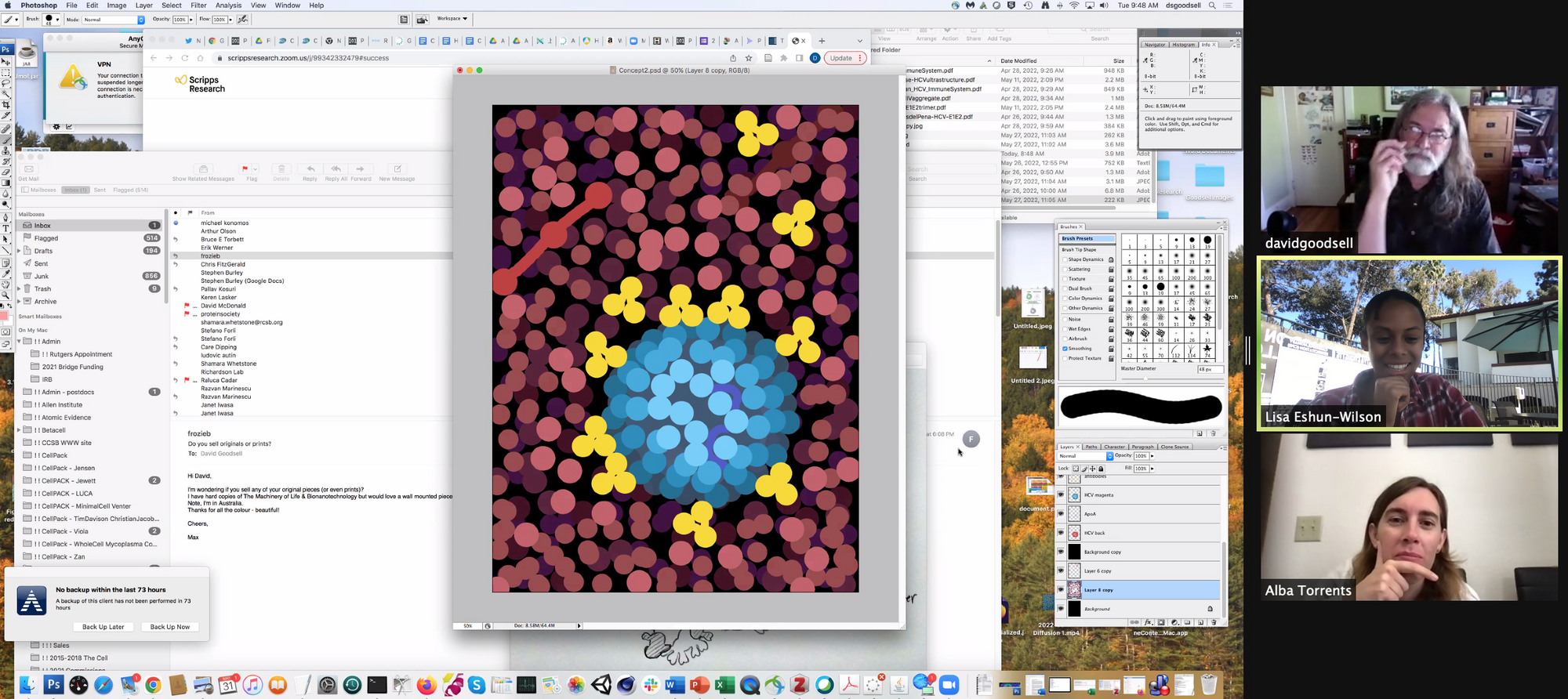
In the end, he created a gorgeous cover art submission and water color painting that will forever be displayed in the halls of Scripps! What an honor. Hopefully, it will still be there when I come back in my 70s as cute grandma and alumus.
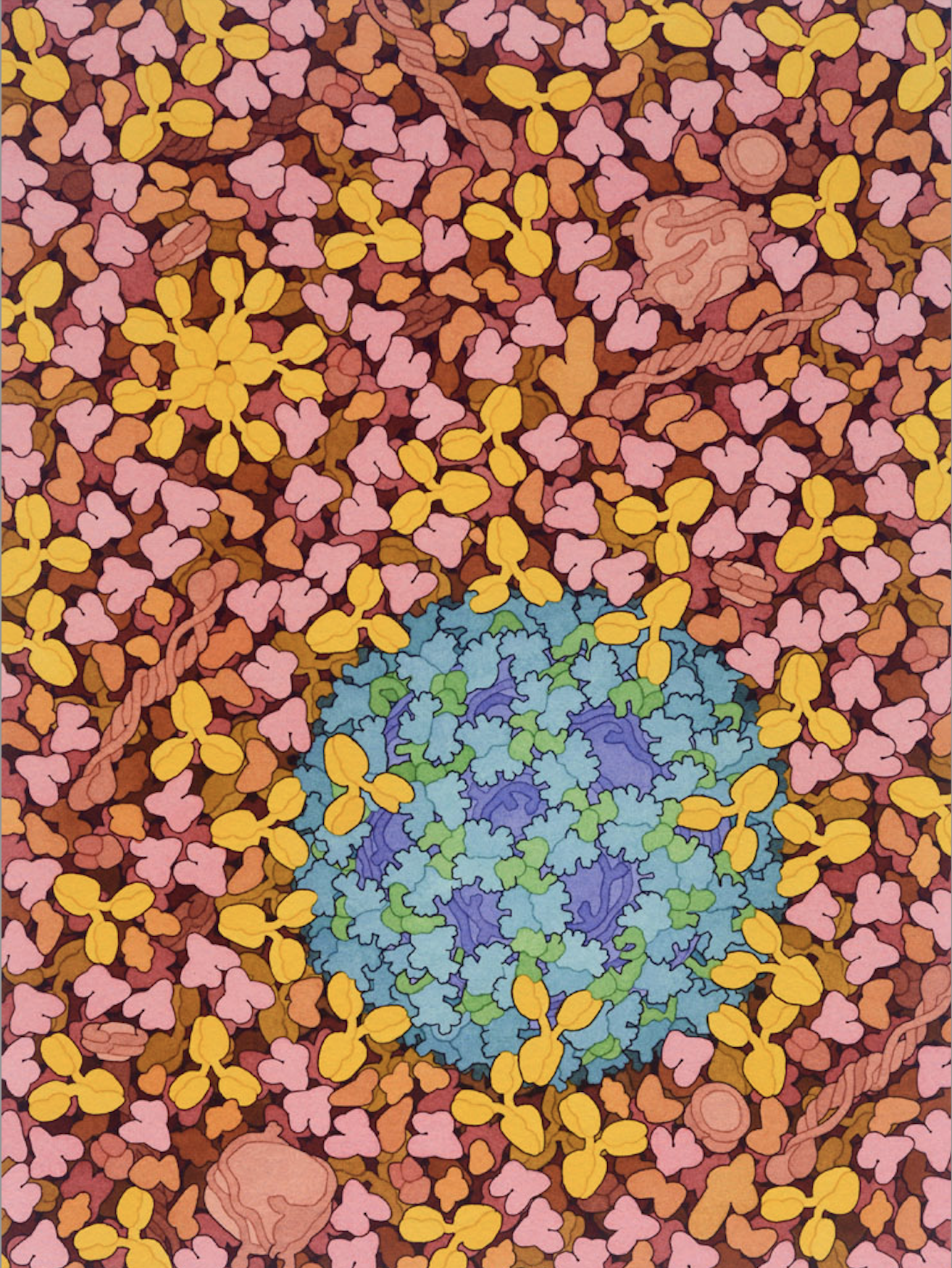
And just like that, I am so happy to share my first and very collaborative paper from my postdoctoral fellowship. I would like to take a moment to thank all my wonderful colleagues as well as the National Science Foundation for funding these efforts.
Cheers to wrapping up this chapter and embarking on my next adventure.
Love,
Lisa
